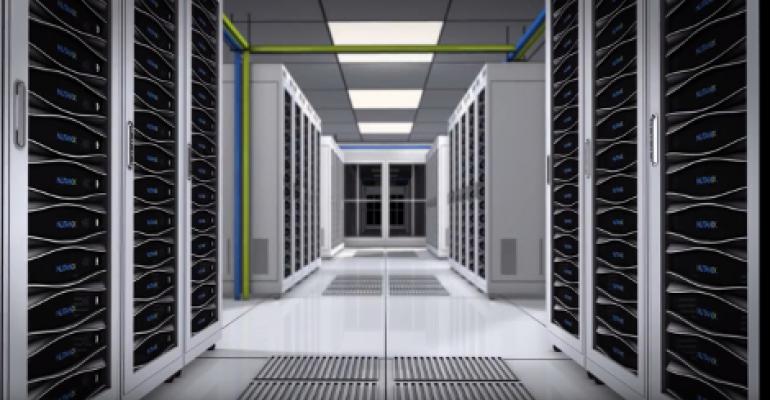Hyperconverged infrastructure is the fastest-growing category in the data center hardware market, according to Gartner analysts, and while some incumbent vendors have recently introduced their own hyperconverged systems, they are in danger of missing the boat. That boat has already started to crash into racks of their equipment in customer data centers.
I heard presentations by two mid-size enterprise end users at Gartner’s data center conference earlier this month, one of whom has already migrated its entire production environment onto Nutanix, while the other is well on its way to replacing a predominantly Cisco Vblock infrastructure with SimpliVity.
Both went through the exercise of having their incumbent vendors make the technical and business case for not making the switch and simply upgrading to the next-gen versions of what was in place while giving the hyperconverged vendors room to make their case too. One of them, a transportation and logistics firm called PITT OHIO, spent six to eight months on comparing the options. Both sensed nervousness from the incumbents as they started the exercise.
As it turned out, that nervousness was justified. The incumbents lost in the evaluation process, and both end users are happy with the results.
PITT OHIO saved $70,000 in the first phase of the project and as of early December was on track of achieving a Phase 3 ROI of $250,000, according to Dave Wunderley, the company’s director of emerging infrastructure and operations support. By switching from Vblock to SimpliVity, PITT OHIO increased its compute and storage capacity and saw 26x savings on storage, all while reducing backup times, and improving productivity because infrastructure management became a lot simpler.
North Carolina’s Cardinal Innovations Healthcare, the largest specialty health plan in the country, reduced operational support hours by 20x and shrunk its data center footprint by three racks, Robert Edwards, Cardinal’s IT infrastructure director, said. The company replaced its traditional three-tier architecture – where network, virtualization, local storage, compute, and shared storage each had to be managed by a dedicated specialist – with Nutanix and saw 56 to 70 percent performance improvements in everything from SQL server process time to business intelligence production.
The two examples also busted the myth that hyperconvergence is good for some workloads – such as VDI or DR – and not others. Both PITT OHIO and Cardinal are happily running their full production systems on hyperconverged infrastructure.
Edwards’ team evaluated SimpliVity, as well as incumbents’ own hyperconverged alternatives, such as Cisco HyperFlex and EMC vxrack and vxrail, before deciding to go with Nutanix. And it’s not just the hardware vendors that stand to be disrupted by hyperconvergence. Wunderley no longer has to pay license fees for software that manages things like back-up and replication – that functionality is already baked into SimpliVity – while Edwards regrets not having switched Cardinal’s entire environment from VMware to Nutanix’s own Acropolis hypervisor and getting rid of what he called the annual “VMware tax.”
Asked what their biggest challenge in making the transition was, both IT heads said it was changing the way their organizations functioned. While the role changes did not result in any staff reductions in these particular cases, Wunderley acknowledged that it could be a possibility in a larger organization. Nevertheless, the switch to hyperconverged infrastructure was a “total transformation of how we ran our data center,” Edwards said.





